@BloomsburyBaptistApr 18
About Us
A Brief History of Bloomsbury
‘Bloomsbury’ has been a centre for the worship of God and service to people in the heart of London for over 170 years. Emphasis and style have changed as the church has ministered to successive generations, but ministers and members continue to proclaim the good news of love and hope in Jesus Christ.
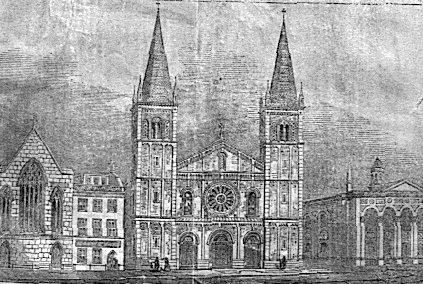
Bloomsbury Chapel opened on 5 December 1848, the first Baptist chapel to stand proudly on a London street, visibly an ‘ecclesiastical edifice’. Because of earlier restrictions on non- Anglican churches, and for reasons of economy, meeting-houses had formerly been hidden down back alleys and in upper rooms, but as their civil rights and social standing improved, Victorian Baptists, along with other Free Churches, wanted to be seen.
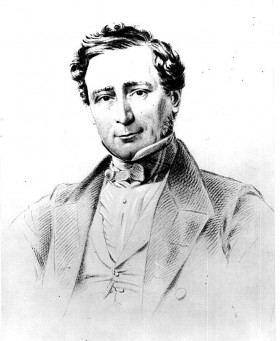
The chapel was built ‘on spec’ by Sir Samuel Morton Peto MP, one of the great railway contractors. Wanting to see a new Baptist witness in central London, he chose his site with care, where Oxford Street was being extended eastwards, between the smart Bloomsbury squares and the appalling slums of St Giles. The story goes that, when the Crown Commissioner was reluctant to lease the land to nonconformists with their dull, spireless architecture, Peto exclaimed, ‘A spire, my Lord? We shall have two!’ Twin spires graced the towers until 1951, when they were removed because no longer safe.
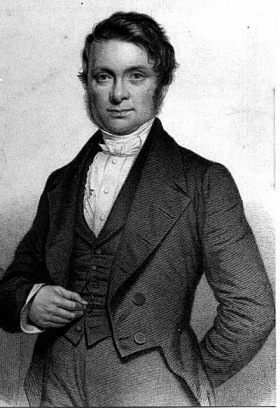
Peto invited the Revd William Brock from Norwich to initiate the cause. His preaching quickly drew a congregation and 62 founder members formally constituted the church on 25 July 1849. Brock, a man ‘gifted with commonsense’, served until 1872. In those days it was unusual to refer to current events from the pulpit but Brock insisted that ‘the Bible and The Times newspaper are the best materials for the preacher’, for the God of the Bible is also the God of everyday life.
The church grew rapidly, with nearly 900 members in the mid- 1860s, even though within a decade of opening Brock was lamenting the loss of members who moved to the suburbs. Brock, who had himself served a difficult commercial apprenticeship, was particularly good at drawing young men working in London’s business houses. An annual Midsummer Morning Service for Young Men and Maidens at 7 a.m. was always packed out. The Mutual Improvement Society provided some ongoing education for youths who, aged 13, were already in the work force. The church only practised believer’s baptism but both communion and membership were open to professing Christians from other traditions.
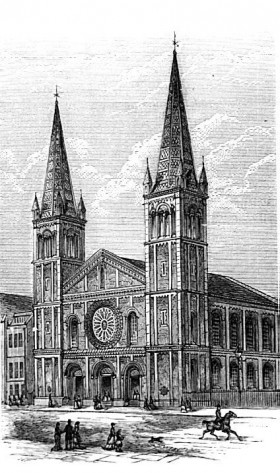
In 1851, however, expecting many visitors in London for the Great Exhibition, the church announced that those Americans who practised or condoned slavery would not be welcome at the table. Members gave both money and long hours of personal effort to the various ‘labours of love’, including the Domestic Mission in the slums nearby. This work was led by George M’Cree, again a man of ‘consecrated commonsense’. Until 1870 the chapel basement housed a Day School midweek, providing good elementary education cheaply for children of the ‘respectable poor’.
The work continued along similar lines under the Revd Joseph Chown (minister 1875-85), the Revd James Baillie (1886-96), and the Revd Benjamin Gibbon (1897-1903). Gradually the slums were redeveloped, the area improved, and the Mission moved to multi-cultural Soho. As leisure hours increased, sports clubs flourished beside Bible Classes, providing a full programme to keep young people out of temptation. Several entered the ministry or went overseas as missionaries.
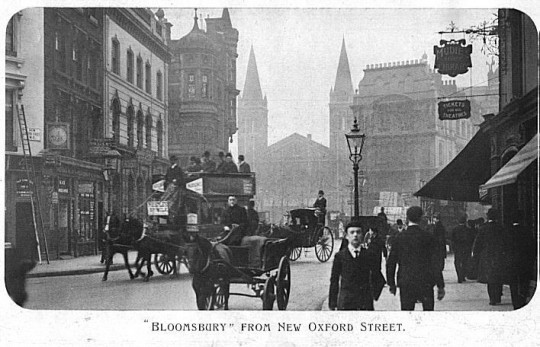
By 1900, as more and more people migrated to the new suburbs, the church was struggling financially and the end of the site lease was looming ahead. The Baptist Union and London Baptist Association were keen to have a ‘Central Church’, like the Methodists and Congregationalists. They bought the Bloomsbury freehold and cleared the debts, and in 1905 formed Bloomsbury Central Baptist Church. Reconstitution was a legal formality - the church’s life continued uninterrupted throughout. Ultimate responsibility was vested in the Central Committee, with members drawn from the church, Association and Union - a singularly unBaptist form of church government which survived until a new constitution was adopted in 2008
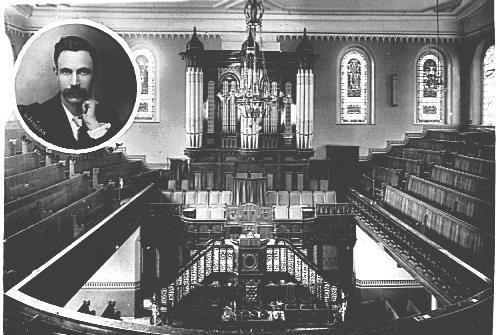
The Revd Thomas Phillips was installed as Superintendent of the reconstituted ‘institutional church’ in 1905. Few activities were new to the church, but the separate Mission was closed, with all now done from the main base. Teams of deaconesses, some still in training, acted as local missionaries and social workers (the picture shows them setting out on a temperance parade). In 1914 the church premises were extended upwards, the new floor for the ‘institute’ provided a ‘home from home’ for young people drawn to London for work. The church adopted the motto, ‘Hospitality’.
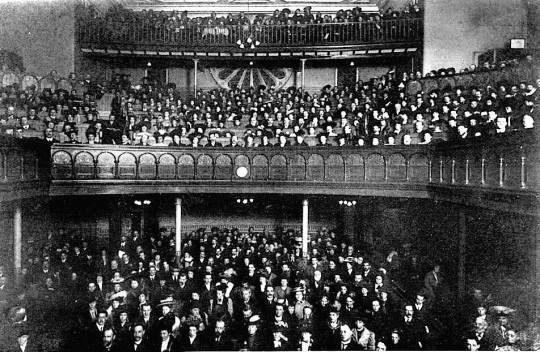
The first of many young men Bloomsbury mourned in the First World War was a young German, engaged to a Bloomsbury girl, who had been summoned home for conscription. After the war depression, financial and spiritual, hit the work but the church pressed on, and continued to send missionaries abroad, including Phillips’ son Edward who went to China with his wife Enid, the daughter of Benjamin Gibbon.
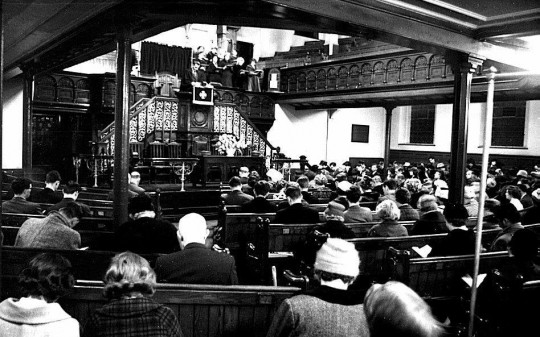
Dr F. Townley Lord became minister in 1930, again aided by deaconesses. Many people still lived in walking distance, while visitors came from near and far. The Women’s Meeting and Sunday School were huge until the outbreak of war in 1939 emptied central London almost overnight. The London County Council requisitioned the basement as a refuge for people bombed out of their homes. A first-aid post was established there, along with a post for air-raid wardens. The ministers, caretakers and the remnant of members still in London ministered to the people gathered there. The LCC also took over the top floor as a canteen. The church building escaped serious damage. Many service personnel passing through London came to the church. Dr Lord served as a naval chaplain in London.
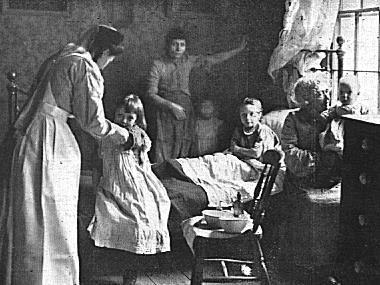
Dr Lord also edited the Baptist Times. A leading member, Ernest Brown MP, was a government minister throughout the war, and the church secretary, Sir Guildhaume Myrrdin Evans, a senior civil servant, was often away on government business. Few residents returned to the area in 1945 when much redevelopment was for commercial use. The church fellowship had to be completely rebuilt. Among new developments was the John Clifford Society for students. Dr Lord’s travels as President of the Baptist World Alliance, 1950-55, attracted yet more overseas visitors. In 1958 he handed over a vigorous church, though members travelled in from far and wide.
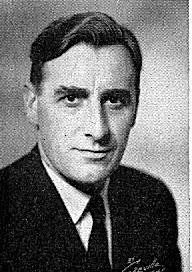
The Revd Dr Howard Williams ministered in a central meeting place rather than a local church. He set about improving the premises for this role. The Reconstruction Scheme, launched in 1962, moved organ and choir gallery, which formerly rose up behind the pulpit, instead making the focus a soaring cross, with large platform and pulpit below. An enlarged rostrum over the baptistry brought the communion table closer to the congregation. Removing the small upper gallery revealed the rose window for the first time from inside, and the black-varnished pews were stripped to reveal lighter wood.
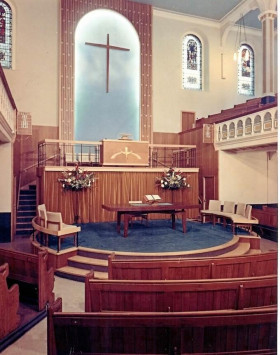
By 1964 a bright modern sanctuary stood within the old frame, while the basement was transformed into the Friendship Centre, a pioneering concept that was widely copied. Some rooms on the upper floor were converted into a flat for resident wardens. Teams of volunteers learned to cater for large numbers, often 120 for the 3-course Sunday Lunch. Tuesday Lunches and Wednesday evening meetings were addressed by a wide variety of speakers, many of them well-known in public life. The Overseas Women’s Luncheon Club served those who could be lonely when their husbands worked here but wives’ visas were more restricted.
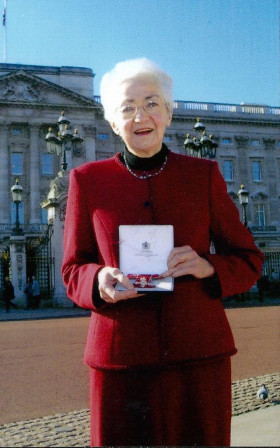
Barbara Stanford came in 1961 as Sister Barbara, the last in a long line of deaconesses as the Order was discontinued in 1975, when serving deaconesses were recognized as Baptist ministers. For forty years Barbara’s pastoral ministry was at Bloomsbury. In retirement, while still a hospital chaplain, she continued to give herself generously to the church and is still a good friend to many. Her consecrated commonsense and down-to-earth service received the national honour of an MBE.
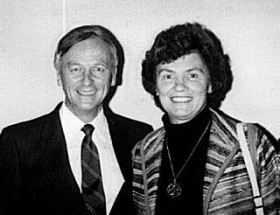
The Revd Barrie Hibbert (minister 1987-99) was called to Bloomsbury from the other side of the world. Having ministered in his native New Zealand and in Australia, he further strengthened the international nature of Bloomsbury congregations. The peculiar circumstances of central London always encouraged ecumenical contacts and these Barrie promoted strongly. The organist and director of music, Philip Luke, has since 1983 encouraged musicians, vocal and instrumental, amateur and professional, to offer their gifts in worship. Bloomsbury music has been a strong feature of the church’s life, and the enhanced organ has become a particular attraction with regular concerts.
Major refurbishment was again undertaken in 1998-9 ready for the 150th anniversary. The foyer was enlarged, with a glass screen making the sanctuary visible from the street. The prayer chapel was created. The London Baptist Association moved into offices upstairs. The premises were again open all the week, with volunteers at the ‘Open Doors’ to welcome callers, whether for meetings, in pastoral need, or just seeking a quiet haven amid the rush of city life.
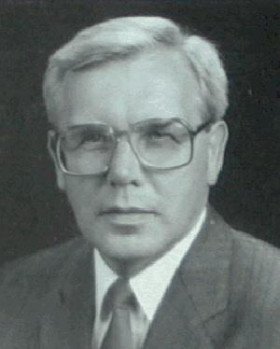
The Revd Dr Brian Haymes, after distinguished service in Baptist theological colleges for twenty years, decided to complete his forty years of full-time ministry by returning to the pastorate and served Bloomsbury 2000-2005. Many appreciated his fine preaching and he was often heard on BBC radio’s Morning Service. He introduced new teaching programmes to the church under the title ‘Disciples on the Way’.
The church, which had already supported the Jubilee Campaign to release the world’s poorest countries from crippling debt, became a ‘Fair Trade Church’. Strong support was given to the Peace March which tried in vain to avert British involvement in war in Iraq, and to the joint Churches’ Make Poverty History campaign, launched here.
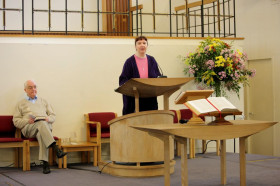
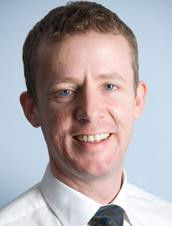
In July 2006 the Revd Dr Ruth Gouldbourne and the Revd Dr Simon Perry became co-ministers of Bloomsbury, with Seyan Tills as Ministry Assistant until he was called to minister at Walmer. Ruth had previously taught doctrine and church history at Bristol Baptist College, bringing her creativity to the worship and prayer life of both this church and the wider Baptist world. Simon Perry sought to extend the church’s influence in the locality and led a vigorous justice campaign against savage treatment of rough sleepers. A biblical scholar committed to its contemporary relevance, he published a novel about Barabbas, All who came before. In 2011 he returned to college chaplaincy at Cambridge. The church has appreciated the input of several interns from the USA and elsewhere, and these have been a great inspiration to the church to widen its vision beyond its own context.
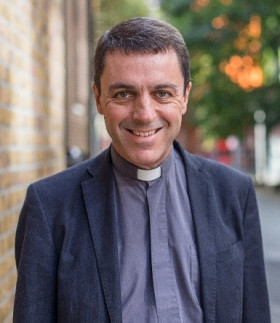
In April 2012 the Revd Dr Simon Woodman, previously Tutor in Biblical Studies at South Wales Baptist College, became co-minister alongside Ruth. His research specialism is in the book of Revelation, which he reads as a political and economic critique of the forces of ‘empire’ that oppress people and keep them from becoming who God wants them to be. His preaching often addresses justice issues, as he seeks to relate scripture to the concerns of the world of the Bloomsbury congregation in all its diversity. Revd Dawn Cole- Savidge was appointed as Communities Minister in October 2013. Her area of expertise is in the development of collaborative partnerships with other organisations, including charities serving the homeless and vulnerable and also the elderly, and also in engaging with the diversity of communities of which Bloomsbury is a part. A talented artist, Dawn brings her creativity to many areas of Bloomsbury’s life. In April 2018 Ruth Gouldbourne concluded nearly 12 years of central-London ministry, accepting a call to the pastorate at Grove Lane Baptist Church in Cheadle.
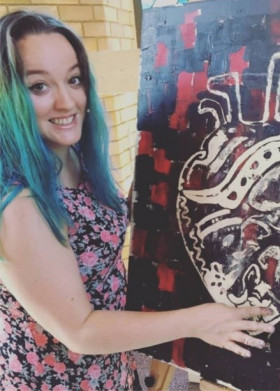
Offering an affirming welcome to those from the LGBT+ community has been a significant part of Bloomsbury’s ministry for many decades. Bloomsbury seeks to embody the full inclusion of all people, regardless of sexuality or gender, within all areas of church life. Its ministers and members offer a prominent voice nationally on this and other issues of justice. In 2015 it became the first Baptist Church in the UK to hold a Same Sex Marriage, with Dawn conducting the ceremony. The church is involved in a variety of collaborative partnerships with other organisations, including the 2:23 Network and Soho Gathering (both LGBT+ focussed), the Simon Community and C4WS Night Shelter (both working with the homeless and at-risk), Dragon Hall (a local community centre), and Ekklesia (the public issues thinktank). Bloomsbury is active ecumenically in the West End, as part of Churches Together in Westminster, and is part of West London Citizens (the community organising network). Through all of this runs a commitment to widely inclusive ministry.
The shape of the Bloomsbury ministry, and the way it lives within its building, continues to evolve and adapt to the changing needs of successive generations. However, we trace a continuity in the open and welcoming spirit of this church, in the desire to respond to contemporary social and cultural concerns, and in the determination to preach the good news of Jesus Christ. The aim remains, as William Brock used to express it, the effective service of the current generation according to the will of God.
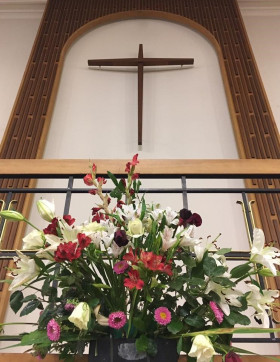
Join us for worship each Sunday at 11am
in our beautiful building on Shaftesbury Avenue
and online at https://us02web.zoom.us/j/215699933
Webinar ID: 215 699 933
Catch up on previous services via our YouTube Playlist
